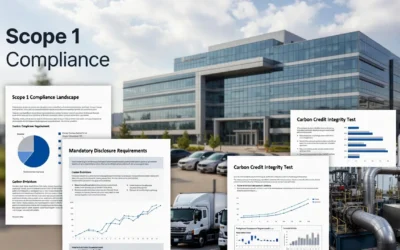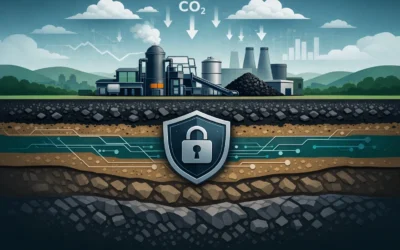Why Dynamic Carbon Credits Stand Apart
In today’s world, as the urgency to combat climate change grows, the demand for effective carbon offset solutions has never been higher. However, not all carbon offset credits are created equal. With prices ranging from as low as $8 to $100 per ton, it’s natural to question the effectiveness of these lower-cost credits. Can they truly capture and sequester carbon as claimed? At Dynamic Carbon Credits, we believe that when it comes to carbon sequestration, quality and impact should be prioritized over cost. Our credits, priced at $500 each, represent a genuine commitment to reducing atmospheric carbon through innovative and proven methods. Here’s why our approach stands apart.
The Cost of Effective Carbon Sequestration
Carbon capture and sequestration (CCS) is a complex and resource-intensive process. When you see carbon credits priced at $8 to $100 per ton, it’s worth asking how much carbon is truly being captured and permanently stored. If the process were efficient, companies would logically sell captured carbon for much higher prices in industrial applications—up to $800 per ton. The discrepancy between these low-cost credits and the market value of carbon suggests that cheaper credits might not be as effective as they claim. They could be relying on short-term or low-impact projects that don’t guarantee permanent carbon removal.
Dynamic Carbon Credits: A Higher Standard of Carbon Offset
At Dynamic Carbon Credits, we understand that the true cost of effective carbon sequestration is higher, which is why our credits are priced at $500 each. Our credits are backed by a rigorous validation and testing process to ensure that every ton of carbon is not only captured but permanently stored. Here’s how we validate our approach:
- Independent Verification: Our carbon sequestration projects undergo third-party verification to ensure transparency and accountability. This verification process assesses the effectiveness, permanence, and additionality of our carbon removal efforts.
- Proven Technology: We use a combination of biochar production and proprietary bacterial treatment to create a carbon sink that is both durable and beneficial to the environment. Our biochar, a form of charcoal produced from organic waste materials, is known for its ability to lock away carbon for centuries.
- Permanence: Unlike many cheaper credits that might be tied to short-term projects, our approach ensures that the carbon we capture remains sequestered permanently. Our biochar, once buried in the soil, stays there, acting as a long-term carbon sink.
Enhancing Soil Fertility with Biochar
Beyond carbon sequestration, our process offers additional environmental benefits. The biochar we produce is treated with a proprietary blend of bacteria, creating a soil amendment that significantly enhances soil fertility. Here’s how it works:
- Nutrient Retention: Biochar has a porous structure that helps retain water and nutrients in the soil, making them more available to plants. When treated with our proprietary bacteria, biochar becomes even more effective at promoting soil health, leading to improved crop yields.
- Microbial Activity: The bacteria we introduce to the biochar promote beneficial microbial activity in the soil. This not only helps in breaking down organic matter but also enhances the soil’s ability to sequester additional carbon naturally.
- Long-Term Soil Health: By improving soil structure and fertility, our biochar contributes to sustainable agriculture, reducing the need for chemical fertilizers and helping farmers achieve better results with fewer resources.
The Dynamic Carbon Credits Revolution
The Carbon Credit Revolution is here, and it’s being led by innovative solutions like those offered by Dynamic Carbon Credits. Our approach to carbon sequestration goes beyond just offsetting emissions; it ensures that the carbon we capture is permanently removed from the atmosphere while simultaneously enhancing soil health and fertility.
When you invest in Dynamic Carbon Credits, you’re not just buying a credit—you’re supporting a sustainable future. Our $500 credits reflect the true cost of making a real impact on climate change, offering peace of mind that your investment is contributing to a cleaner, more sustainable world.
Conclusion
In the world of carbon credits, you often get what you pay for. While lower-cost credits might seem like a bargain, the true value lies in the effectiveness and permanence of the carbon sequestration methods used. Dynamic Carbon Credits offer a proven, impactful solution that justifies their price by delivering real, measurable results. Together, we can lead the way in the Carbon Credit Revolution and make a lasting difference in the fight against climate change.





